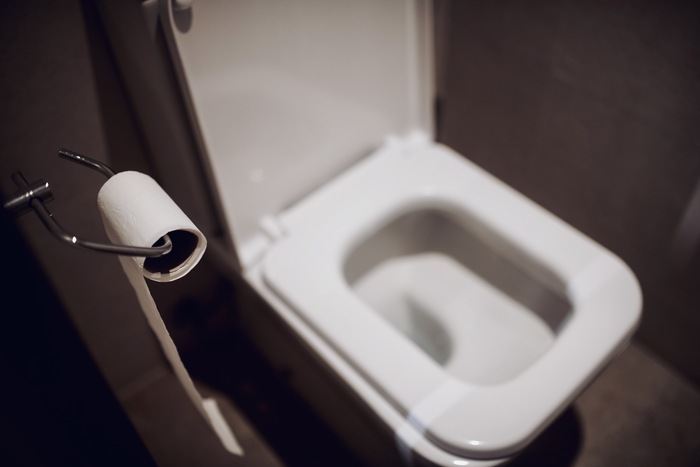Public restrooms play an essential role in keeping communities clean and healthy. Yet too often, toilets are misused as trash cans. Cigarette butts, paper towels, candy wrappers, gum, feminine hygiene products, and even cat litter end up in toilets every day.
This seemingly small act creates costly problems for the sewer system, pipes, and the environment. Improper disposal leads to blockages, overflows, and harmful contamination. By understanding why we should not throw trash in toilets, citizens can take small steps that make a big difference.
Why Trash Does Not Belong in Toilets
The toilet is designed to handle only two things: toilet paper and human waste. Anything else belongs in a trash can.
When items like cotton balls, baby wipes, dental floss, and feminine hygiene products are flushed, they don’t dissolve. Instead, they clog sewer pipes, damage the septic system, and strain wastewater treatment plants. Over time, these blockages can cause sewage backups, leading to contaminated waterways and public health risks.
Even items that might seem small—such as cigarette butts, condoms, or wrappers—collect in drains and create buildup. Flushing trash does not make it “disappear.” It only shifts the problem downstream, where it becomes more expensive and harmful.
The Risks of Improper Disposal
- Plumbing Breakdowns – Flushing trash clogs toilets and damages community plumbing infrastructure.
- Sewer Blockages – Trash, rags, or cooking grease poured down drains can block sewer lines, causing backups.
- Environmental Harm – Overflowing septic systems contaminate waterways, threatening fish, animals, and people.
- Public Health Hazards – Blockages create breeding grounds for bacteria and insects, spreading disease.
- Costly Repairs – Communities spend thousands removing blockages and repairing sewer systems.
To avoid these issues, remember: only toilet paper and human waste are safely flushed.
7 Ways to Prevent Trash in Toilets
Local governments can protect their sewer system by raising awareness and educating the community. Here are seven strategies:
- Send Out Community Postcards
Create postcards explaining why residents should not throw trash in toilets. Distribute them through schools, libraries, and community centers. - Post on Social Media
Share creative graphics showing the dangers of flushing paper towels, wipes, or feminine hygiene products. Social media campaigns spread the message quickly. - Send Out Bill Inserts
Utility bill inserts are a cost-effective way to reach households. Simple reminders about proper disposal help reduce trash in toilets. - Distribute Door Hangers
Volunteers or public workers can place door hangers in neighborhoods. These quick reminders often stay visible in households. - Hang Signs in Public Restrooms
Signs placed above toilets remind users that toilets are not trash cans. Messages can be direct, creative, or humorous—whatever grabs attention. - Make a Video PSA
A short video shared through email, websites, or social media can show why flushing trash leads to plumbing and sewer disasters. - Use Van or Truck Stickers
Public utility vehicles with custom stickers take the message across town. It’s a moving reminder to keep toilets clear of garbage.
Building Cleaner, Healthier Communities
Preventing people from throwing trash in toilets protects our sewer systems, reduces costly problems, and safeguards public health. By disposing of trash properly—in a trash can—citizens play a direct role in protecting their community.
Partner With Goldstreet Designs
At Goldstreet Designs, we specialize in public outreach campaigns that capture attention and drive results. We help local governments spread vital messages, from proper waste disposal to environmental protection.
Contact us today to learn how we can partner with you to protect your community, prevent plumbing and sewer issues, and create lasting awareness. Together, we can keep public restrooms clean and our environment safe.

